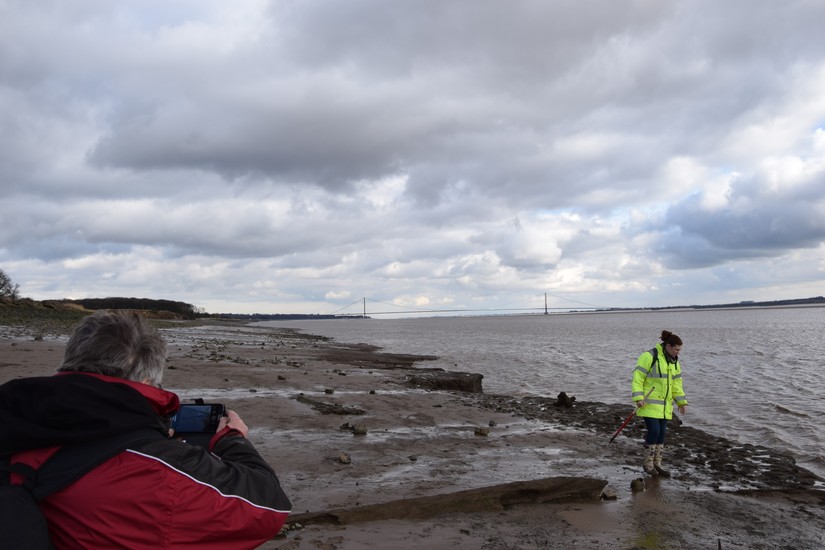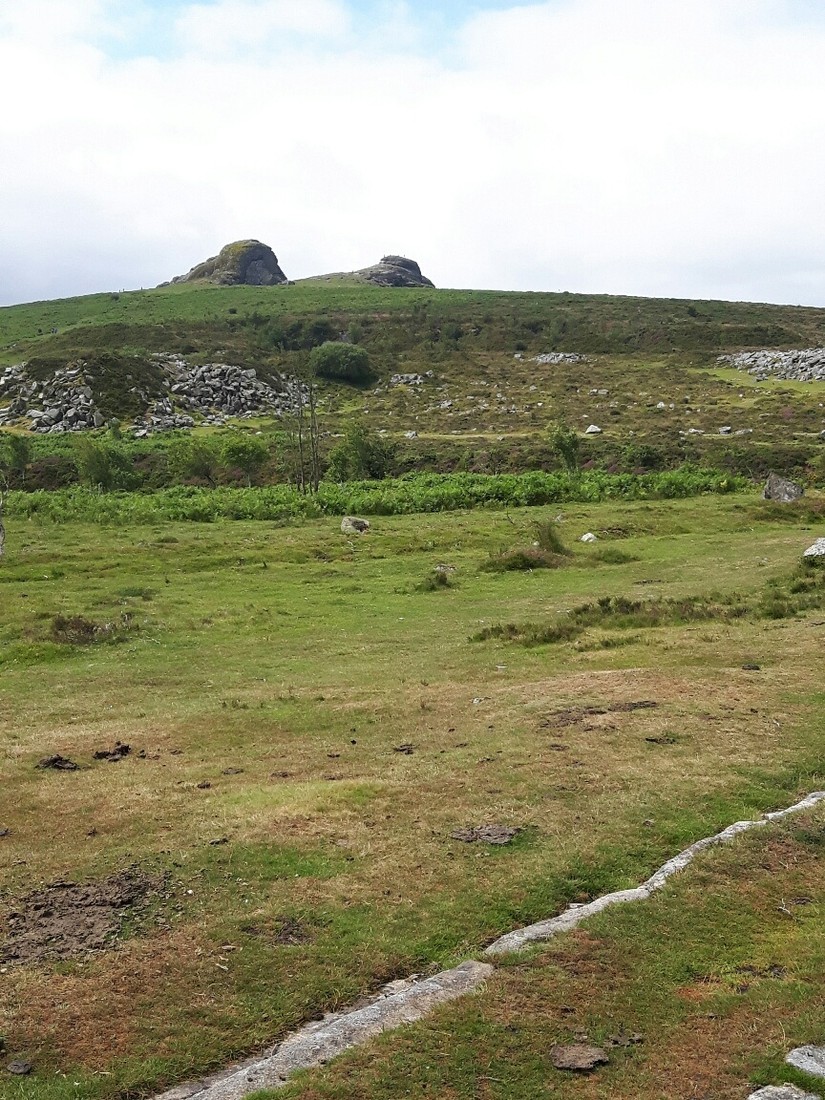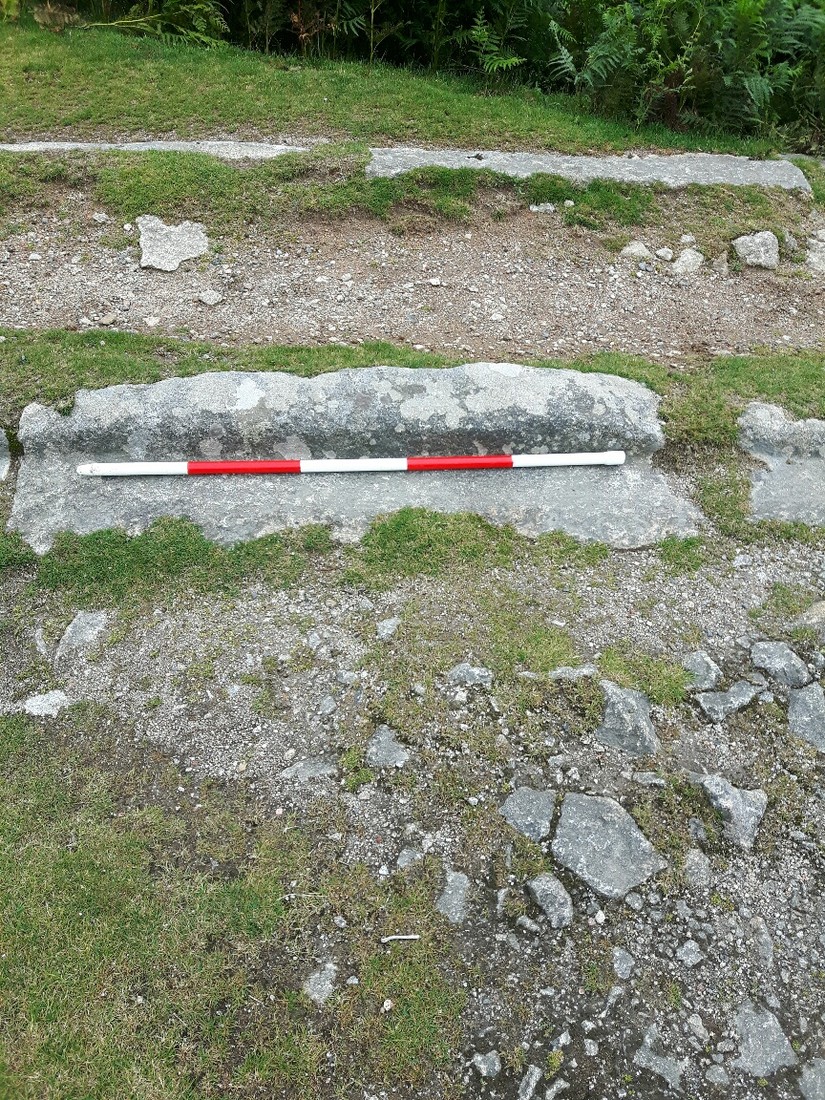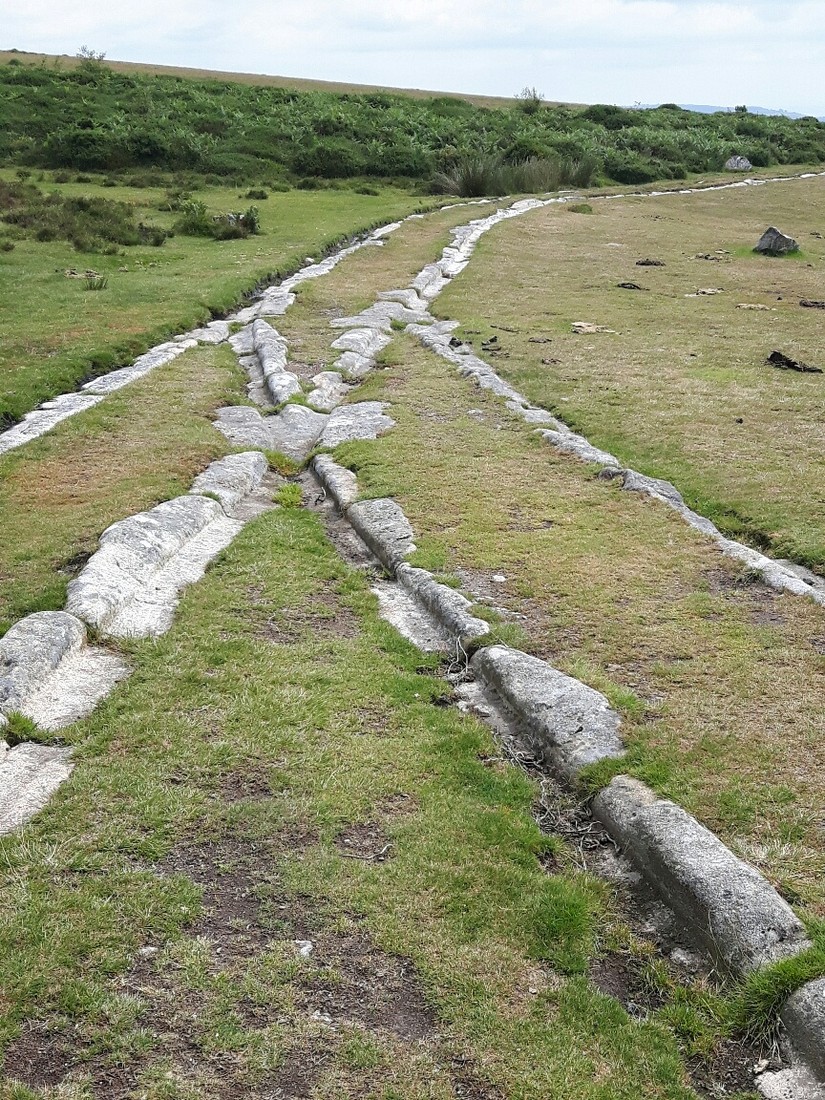Exploring beyond the coastal fringe
26/07/2017 | John Matthews (Citizan volunteer)
Hello, for all of you who don't know me I've been a Citizan Surveyor almost 3 years now, mainly covering the Yorkshire coast. I've helped Megan and Andy survey several sites now including a large 18th lime kiln, being washed into the sea at Beadnell in Northumberland. [See Angus's blog on Beadnell to learn more about the limekiln. Ed]

On holiday in Devon last year I recorded some pillboxes on the coast, this year I tored around Dartmoor and visited Haytor quarry and this made me think about how coastal archaeology can spread inland. Haytor quarry was opened by a local landowner called George Templer in 1825 and provided stone for lots of famous buildings including London Bridge, the British Museum and the National Gallery. After many years of ups and downs the quarry finally went out of bussiness in 1865, although it was briefly reopened to provide stone for Exeters war memorial in 1919 (Devon HER, PRN MDV 8058).

The quarry was connected to Stover Canal (built by George's dad James, from 1790 to 1792 to carry pipe clay between Teigngrace and the sea) by a tramway made with granite rails. [The tramway is a Scheduled Ancient Monument - Number 1002528 and recorded on the local HER PRN MDV8058. Ed] Each granite rail measures between 5 and 8 feet in length (1.22m - 2.43m) and the tramway has a gauge of 4 feet 3 inches (1.29m).

When the tramway reached the head of the Stover Canal the granite would be loaded on to barges at the Ventiford Basin and then transported down the canal to Teignmouth, were they would be transferred on to sea going ships and taken around the country. The Ventiford Basin was itshelf built from left over architectural blocks of stone taken from the quarry and at least one hulked barge was known to be in the basin from a photograph of 1901 (Newman 2014).
CITiZAN's Southwest office (Alex, Lauren and Therese) carried out a geo-fizz survey of Ventiford Basin a little while ago with help from the University of Winchester to look for some of the remains of the trackway. Having seen some of the remains of the trackway on Dartmoor I can say that it's a must see! (See some photographs from Team Southwest's survey here.)
Bibliograph
Newman P, 2014, Ventiford Basin: Excavations on the Stover Canal









